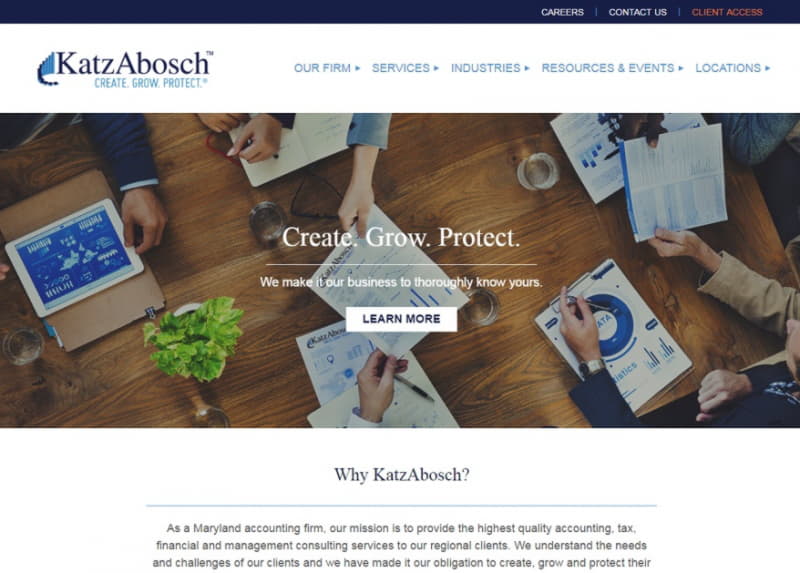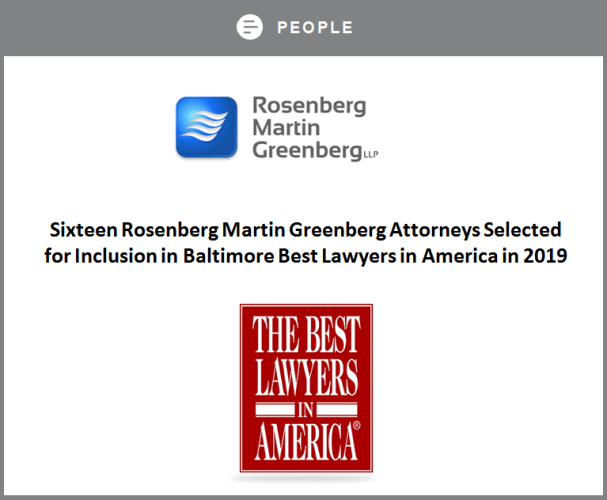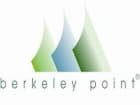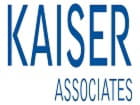
Kevin Keenahan
Improving healthcare for millions of Americans living with chronic wounds
Kevin Keenahan is the co-founder and CEO of Tissue Analytics, a medical technology startup based in Baltimore. Using machine learning, Tissue Analytics transforms smartphones into powerful wound care imaging platforms. The app makes it easy for healthcare providers to take photos and gather information about skin, revolutionizing care for millions of Americans living with wounds, such as bedsores and diabetic ulcers, which sometimes accompany chronic conditions. With Tissue Analytics, providers can increase the accuracy and consistency of their measurements, and thereby assist their patients better and faster than ever before.
Kevin Keenahan spoke to citybizlist publisher Edwin Warfield from the Tissue Analytics offices at Spark for this interview.
EDWIN WARFIELD: Where did you come up with the idea for Tissue Analytics, and how did you end up founding the company?
KEVIN KEENAHAN: We had a really interesting experience founding the company. Josh [Budman], my CTO and co-founder, and I both come from the Johns Hopkins Center for Bioengineering Innovation & Design, which is an extremely cool program at Hopkins where biomedical engineers can go out and rotate through different clinical settings. As a Masters student I got to see cardiothoracic, surgical oncology. We got to go out and actually spend time with clinicians at Hopkins Hospital.
That was where Josh and I first met our third co-founder, who was doing his residency in general surgery at that time: Dr. Gabriel Brat. He’s an expert in wound care. It was there where we first got the experience of how wound care is treated in the US and started to think about how wound care could be improved.
Tissue Analytics has the potential to fundamentally transform how wound care is done in the United States. If anyone’s not familiar with wound care, we’re typically talking about things like bed sores, diabetic ulcers, venous ulcers—they’re these nasty chronic conditions that can take months and sometimes years to heal. Actually, from a study that we did, right around the corner here at Hopkins, we found the average wound duration that the patient has is 23 months. If you can imagine that, living with an open sore on your body—on your backside, or on your feet—for two years, it’s crazy.
Q. How does the app make it easier for healthcare providers to treat these wounds?
A. Part of the reason that wounds take so long to heal is there are not enough doctors who specialize in wound care and patients are predominantly cared for in one of these, post-acute markets like skilled nursing facilities, nursing homes, and home care groups, and it’s hard for them to get in to see a specialist. Our technology essentially connects the expert physicians, nurses, and doctors with those patients that are being cared for in skilled nursing facilities.
There is a really critically important aspect of this system that enables the non-specialist in the field to collect data, and that’s how we use machine learning and computer vision to provide much, much better data to clinicians so that they can see for the first time how wounds are progressing: if a wound is healing at an appropriate rate, if it’s deteriorating, if it’s stagnant, which products are working, how frequently they actually need to see the patient—all of these things are changes to the care that can result from the platform that we provide.
A big piece of this system is combining medical imaging and machine learning. We are very much an artificial intelligence company. We use this machine learning technology to provide clinicians with extremely high quality data around how wounds are progressing.
Our technology, in a nutshell, can look at a photograph of a wound and automatically extract the size and how all the relevant characteristics of the wound are changing. We present this data in a way that makes it very easy for clinicians to identify the progression of the wound. But the really important thing to note here is that today, the only real way clinicians have to track how wounds are healing is with a ruler. With a centimeter ruler, they measure the length and width. It’s difficult for them to get reliable data out of wounds. Artificial intelligence, or computer vision, is a great way to get that data to clinicians.
Connect with Kevin on LinkedIn
Sponsored by:
Founded in 1969, KatzAbosch is one of the largest CPA and business consulting services in the Mid-Atlantic region. Our mission is to provide the highest quality accounting, tax, financial and management consulting services to our clients. We understand the needs and challenges of our clients and we have made it our obligation to create, grow and protect asset value. The experts at KatzAbosch offer a full service solution while maintaining a tradition of ethics and incorporating the latest technology and unique business practices. Excellence in an industry often begins with how those closest to the company—its clients and employees—feel about it. For these individuals, KatzAbosch is a place where people and businesses excel and prosper. Our advisors can meet all of your service needs including; Audit & Accounting, Business Valuation & Litigation Support, Consulting, Estate Planning & Administration, Financial Institution Services, Forensic Accounting & Fraud Examinations, State and Local Tax (SALT), Taxes & Planning.


Edwin Warfield, CEO of citybizlist, conducts the CEO Interviews.
If you're interested in reaching CEOs, please contact edwin.warfield@citybuzz.co
Connect on LinkedIn

















